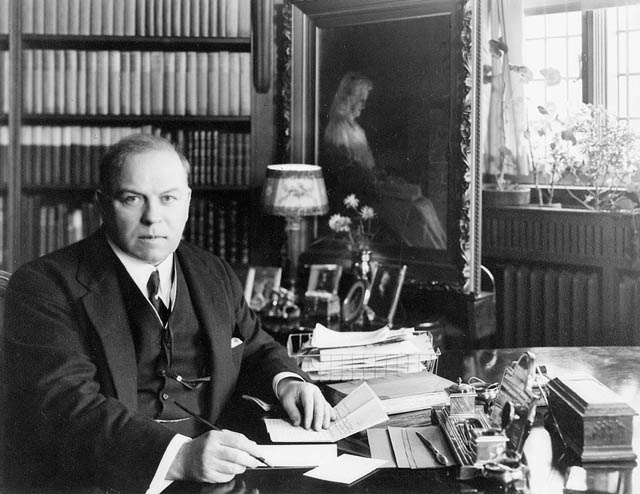
Canadian prime minister Mackenzie King took peculiar note of the relative position of clock hands. This began as early as 1918, when his diary shows that he began to notice moments when the hands overlapped (as at 12:00) or formed a straight line (as at 6:00). By the 1940s the diary sometimes refers to clock hands several times a day. On Aug. 25, 1943, when Franklin Roosevelt was visiting Ottawa, King wrote a whole “Memo re hands of clock”:
- “Exactly 10 past 8 when I looked at clock on waking — straight line.”
- “12 noon when noon day gun fired & I read my welcome to President — together.”
- “25 to 8 when I was handed in my room a letter from Churchill re supply of whiskey to troops … — both together.”
A year later, Nov. 2, 1944: “As I look at the clock from where I am standing as I dictate this sentence, the hands are both together at 5 to 11.”
Biographer Robert Macgregor Dawson writes, “What significance he attached to the occurrences is difficult to determine; there is no key to his interpretation.” But one clue comes later in 1944, when King records a conversation with Violet Markham: “As I … went to take the watch out of my pocket, to show her how the face had been broken, I looked at it and the two hands were exactly at 10 to 10. I mentioned it to her as an illustration of my belief that some presence was making itself known to me. That I was on the right line, and that the thought was a true one which I was expressing.” But the two had been discussing the death of King’s dog, so the meaning is still very obscure.
(From C.P. Stacey, A Very Double Life, 1976.)
